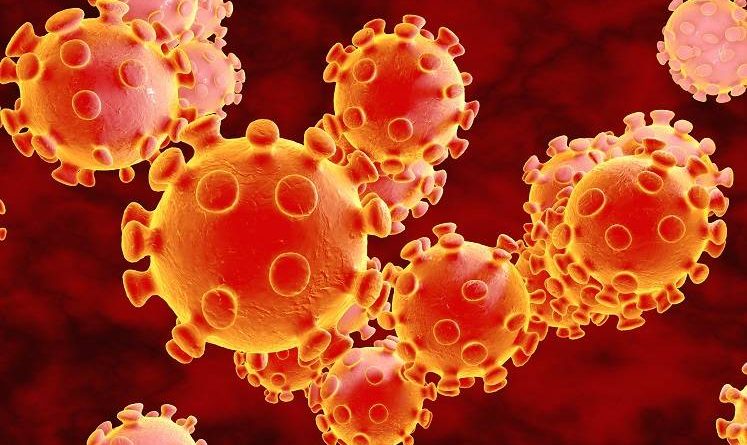A new study has explained how the new coronavirus is undergoing mutation, which could make it more contagious.
Researchers from the United Kingdom and Los Alamos National Laboratory, New Mexico, have warned of a mutation affecting the “spikes” on the novel coronavirus virus. They said the new strain has become more prevalent and could make the infection spread faster, calling it an “urgent concern.”
The study, published by The Los Angeles Times, has revealed that there is a new dominant strain of the coronavirus; however, it is not necessarily a more infectious one
The researchers explained that tiny spikes could be seen on the virus under a microscope. The spikes attach to the cells and make one sick. And these spikes are actually mutating, said Kirsten Hokeness of Bryant University.
Hokeness, who was not part of the study, said, “The crown-like spike proteins are what the virus uses to infect host cells so that it can replicate and then exit. So, the spike plays an important role in the life cycle of the virus in humans. Without it, we would not get infected.”
The researchers compared the early strain of the virus found in Wuhan, China, to the strains found in Europe and other nations. They found that the newer mutation of the coronavirus more dominant. However, it is unclear whether the new dominant strain of the virus will be more contagious.
Hokeness explained, “There is no evidence in the literature that suggests that this mutant strain would be or could be worse by increasing the infection rate, hospitalization, or even deaths. I would argue that this is not something of ‘urgent’ concern as the authors suggest, but it is something that warrants further investigation.”
Any virus can “replicate very quickly and in massive amounts,” Hokeness said, so it is not strange to find new genetic sequences.
“Each cell that [the virus] infects can make upwards of a million copies of the virus,” she explained. “This rapid rate of replication is very prone to errors,” which can add up quickly.
“This virus is checking, making sure what it wrote is what it wants to write, so there are fewer mistakes.”
Dr. Frank Esper from the Cleveland Clinic Children’s Hospital said, “Despite some change, the novel coronavirus still appears to be a little more stable, or less prone to mutation, than other RNA viruses due to its size.
“This virus is one of the biggest RNA viruses out there,” Dr. Esper said, who was not part of the study. “Because it is large, it actually has a good polymerase, which is the enzyme that allows it to replicate.”
“This virus is checking, making sure what it wrote is what it wants to write, so there are fewer mistakes,” he added. “Therefore its mutation rate is a lot lower. Mutating is an evolutionary advantage. It’s why the flu comes every year, and HIV is so tough to eradicate.”
Right now, the new coronavirus does not really need to mutate very much. Hokeness said, “It is a strong virus. It has transmissibility that is remarkable in many ways, like the levels of asymptomatic spread, which means we most likely won’t see major changes any time soon.”























